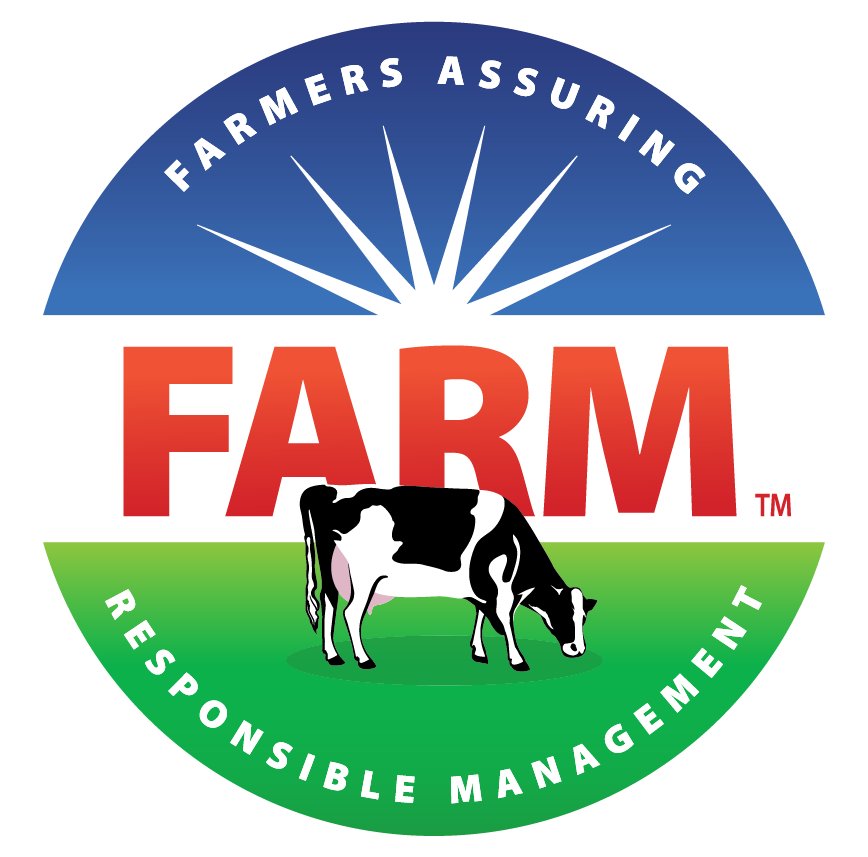WEBINAR DETAILS
February 9, 2017 | 12:00 pm EST | Watch Here
ABOUT THE WEBINAR
The roster of standard operating procedures and recommended practices on dairy farms is evolving, shaped by new technology, new science, and practical experience. What is new is that this evolution is increasingly driven by both measurable animal welfare outcomes and by societal pressures about what is acceptable, as expressed by the clear and unequivocal expectations of our customers. The trust previously granted to farmers has been eroded, in part, by a continued barrage of coordinated campaigns promulgated by animal rights groups. Dr. Jamie Jonker will discuss a variety of issues from polled genetics to dam-calf separation to antibiotic-use which are emerging issues identified by our consumers, customers, advocacy groups, and regulators.
ABOUT THE PRESENTER
Jamie Jonker, PhD
Vice President, Sustainability & Scientific Affairs, NMP
Washington, D.C.
In his current role, Jamie has general responsibilities in sustainability and scientific affairs, including animal health and welfare, animal biotechnology, dairy farm bio-security, dairy farm air and water quality, dairy farm sustainability, and technical service issues. He is also involved in coordinating relations with the Federation’s Animal Health & Wellbeing Committee and Environmental Issues Committee. Dr. Jonker is active representing the Federation on numerous national and international committees, including the U.S. Animal Health Association (USAHA), the International Dairy Federation (IDF), the World Animal Health Organization (OIE), Codex Alimentarius (Codex), the Sustainability Council of the Innovation Center for U.S. Dairy, and the Institute for Infectious Animal Diseases (IIAD). He serves on the U.S. Animal Health Association Board of Directors. He serves as Chair of the IDF Standing Committee on Farm Management, Past-Chair of the IDF Expert Group on Animal Feeding, and is additionally a member of the IDF Standing Committees on Animal Health and Welfare, Residues & Chemical Contaminants, Environment and Task Force on Antimicrobial Resistance. Dr. Jonker has also served on the IDF Delegations to the Codex Committee on Residues of Veterinary Drugs, the Codex Ad Hoc Intergovernmental Task Force on Animal Feeding, and the Codex Ad Hoc Intergovernmental Task Force on Antimicrobial Resistance. Jamie received his B.S. degree and M.S. degree from Cornell University, and his Ph.D. from the University of Maryland. Prior to joining NMPF, his career included 6 years of experience in agricultural policy including service at the National Academy of Sciences, the U.S. Environmental Protection Agency, and the U.S. House of Representatives Committee on Agriculture.
Q & A WITH DR. JONKER
Why is the topic of emerging issues important to the dairy industry?
It is critical to understand what upcoming pressures that the dairy industry will need to prepare for in the future. Many of these emerging issues have the ability to have a significant impact on what we do to effectively manage our dairy farms.
How will these emerging issues make a difference within the greater dairy industry?
These emerging issues have the potential to make a significant difference in the day to day management of our dairy operations. In each of these issues, NMPF and FARM are proactively engaging in conversations to steer them in the appropriate directions to advocate for the dairy farmer.
Why should dairy producers care about the emerging issues?
The emerging issues that will be discussed will have a direct impact on dairy producers and have the possibility of affecting their ability to have a continued milk market in the future. These issues will challenge producers to think outside of the box and identify ways to potentially adapt and address some of these areas on their operation.
How will FARM help industry stakeholders proactively address emerging issues?
As FARM interacts with all industry stakeholders, strategic planning will take place so that the entire dairy community is not only aware but can be proactive to address issues in order to better position the dairy industry into the future with a secure, vibrant milk market.
This webinar is part the of the Merck Dairy C.A.R.E & FARM Animal Care Webinar series. You can view past webinars here.



 Hans Coetzee DVM, PhD
Hans Coetzee DVM, PhD Lowell Midla, MS, VMD
Lowell Midla, MS, VMD
 Norman Stewart, D.V.M., MS
Norman Stewart, D.V.M., MS
 unlike humans, there is no verbal communication available to express expectations. Cow communication begins with understanding the cows’ flight zone, or personal space. Each animal’s flight zone is different but by understanding where and how to engage the zone and points of balance, the animal will move where and how you would like for them to with only minimal verbal communication.
unlike humans, there is no verbal communication available to express expectations. Cow communication begins with understanding the cows’ flight zone, or personal space. Each animal’s flight zone is different but by understanding where and how to engage the zone and points of balance, the animal will move where and how you would like for them to with only minimal verbal communication.